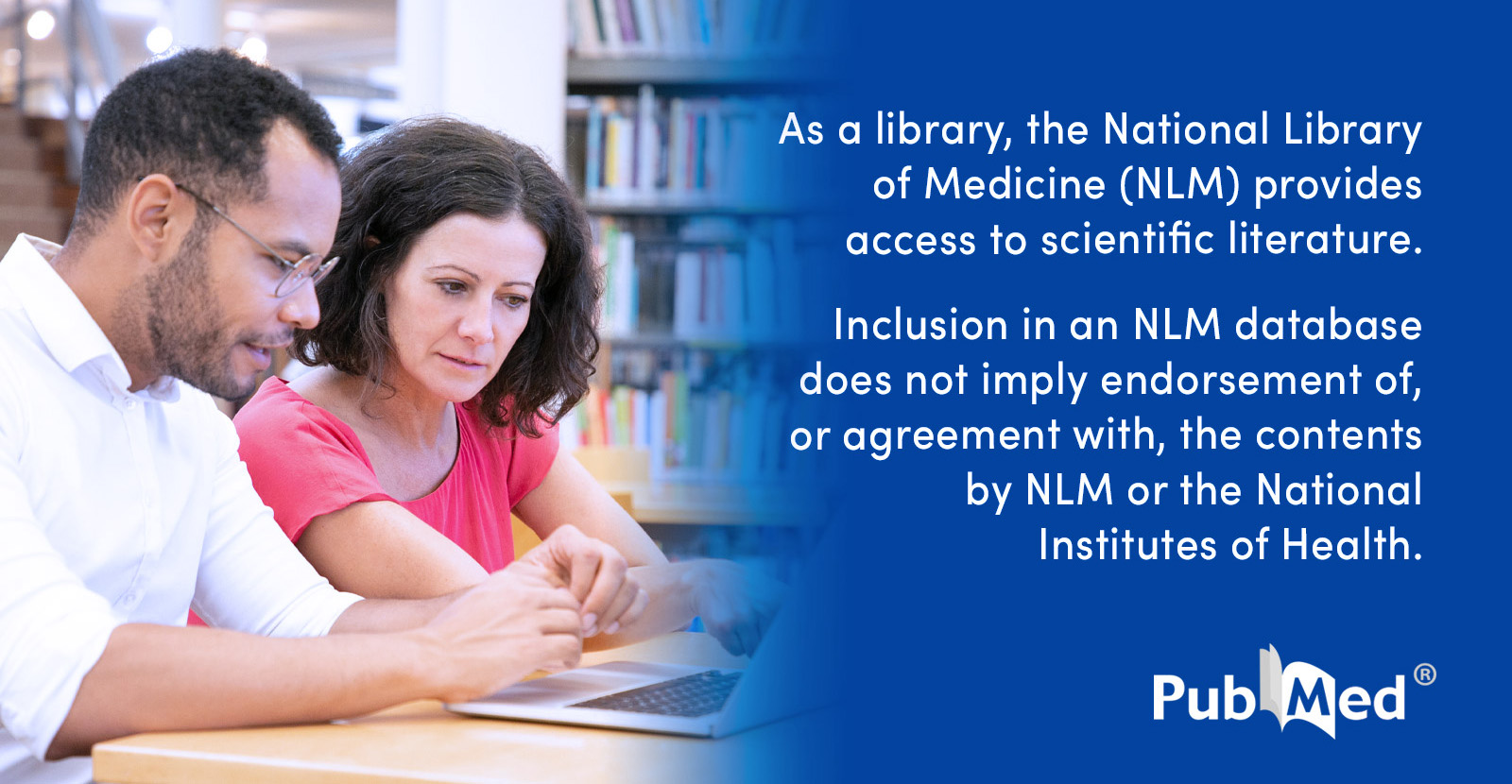FreeSurfer 5.3 versus 6.0: are volumes comparable? A Chronic Effects of Neurotrauma Consortium study.
Autor: Bigler, Erin D.; Skiles, Marc; Wade, Benjamin S. C.; Abildskov, Tracy J.; Tustison, Nick J.; Scheibel, Randall S.; Newsome, Mary R.; Mayer, Andrew R.; Stone, James R.; Taylor, Brian A.; Tate, David F.; Walker, William C.; Levin, Harvey S.; Wilde, Elisabeth A.
Publication year: 2020
Brain imaging and behavior
issn:1931-7565 1931-7557
doi: 10.1007/s11682-018-9994-x
Abstract:
Automated neuroimaging methods like FreeSurfer ( https://surfer.nmr.mgh.harvard.edu/ ) have revolutionized quantitative neuroimaging analyses. Such analyses provide a variety of metrics used for image quantification, including magnetic resonance imaging (MRI) volumetrics. With the release of FreeSurfer version 6.0, it is important to assess its comparability to the widely-used previous version 5.3. The current study used data from the initial 249 participants in the ongoing Chronic Effects of Neurotrauma Consortium (CENC) multicenter observational study to compare the volumetric output of versions 5.3 and 6.0 across various regions of interest (ROI). In the current investigation, the following ROIs were examined: total intracranial volume, total white matter volume, total ventricular volume, total gray matter volume, and right and left volumes for the thalamus, pallidum, putamen, caudate, amygdala and hippocampus. Absolute ROI volumes derived from FreeSurfer 6.0 differed significantly from those obtained using version 5.3. We also employed a clinically-based evaluation strategy to compare both versions in their prediction of age-mediated volume reductions (or ventricular increase) in the aforementioned structures. Statistical comparison involved both general linear modeling (GLM) and random forest (RF) methods, where cross-validation error was significantly higher using segmentations from FreeSurfer version 5.3 versus version 6.0 (GLM: t = 4.97, df = 99, p value = 2.706e-06; RF: t = 4.85, df = 99, p value = 4.424e-06). Additionally, the relative importance of ROIs used to predict age using RFs differed between FreeSurfer versions, indicating substantial differences in the two versions. However, from the perspective of correlational analyses, fitted regression lines and their slopes were similar between the two versions, regardless of version used. While absolute volumes are not interchangeable between version 5.3 and 6.0, ROI correlational analyses appear to yield similar results, suggesting the interchangeability of ROI volume for correlational studies.
Language: eng
Rights:
Pmid: 30511116
Tags: Humans; Brain/diagnostic imaging; *Magnetic Resonance Imaging; Hippocampus; Neuroimaging; Image Processing, Computer-Assisted; *White Matter/diagnostic imaging; Gray Matter/diagnostic imaging; FreeSurfer; MRI volumetrics; Quantitative neuroimaging; Version 5.3; Version 6.0
Link: https://pubmed.ncbi.nlm.nih.gov/30511116/








